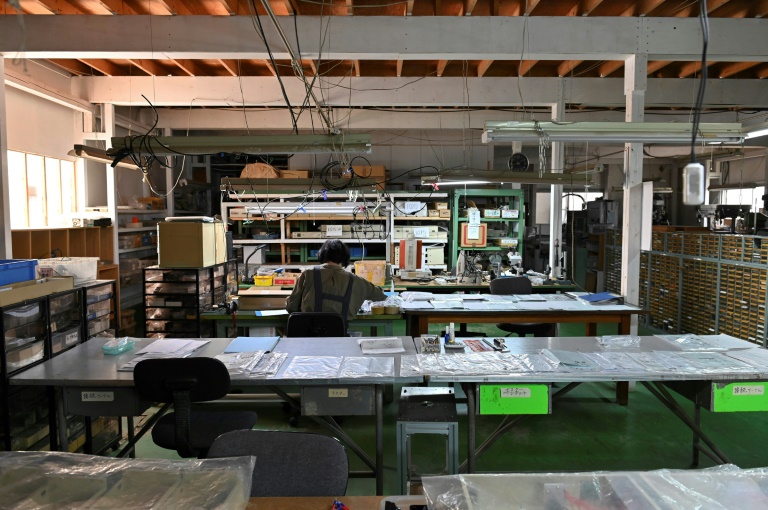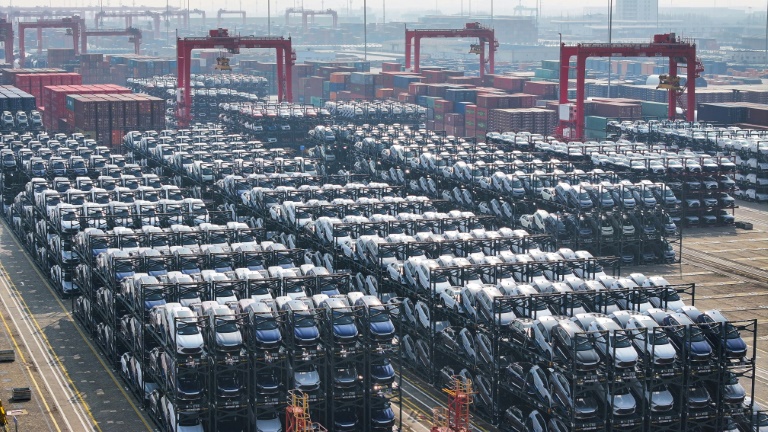The U.S economy is turning into a tale of two worlds: the world of large businesses that are thriving and a world of small businesses that are struggling, with inflation, high interest rates, and a tight labor market the critical driver behind this divide.
The U.S. enjoys new prosperity. The Gross Domestic Product (GDP) grows well above the trend. Job growth remains robust. Unemployment hovers near multi-year lows. Large corporations listed in major equity exchanges report solid profits. Investors chase after their shares, which race to new highs on optimism about the nation’s economic prospects.
The situation is quite different for small businesses. Economic prosperity has not touched them. As a result, they don’t share Wall Street’s optimism.
According to a recent survey by the National Federation of Independent Business (NFIB), the Small Business Optimism Index is headed in the wrong direction. It dropped by 0.9 points to 88.5 in March, the lowest level since December 2012, and for the 27th straight month, the index was below the 50-year average of 98.
“Despite a booming economy, small businesses are feeling the pinch more than ever,” says Darian Shimy, founder and CEO of FutureFund. “It’s a paradox that growth doesn’t always mean success for everyone, especially for the backbone of our economy: small businesses. Sky-high costs and red tape are suffocating the real engines of our economy.”
Joseph Camberato, CEO at NationalBusinessCapital.com, isn’t surprised to see small business confidence reaching an all-time low. “We’re facing inflation issues, the highest interest rates we’ve seen in decades, and a tough labor market, especially in construction and service industries,” he said. “Add to that the global tensions, uncertainties, and political challenges we’re navigating in an election year. It’s a pretty grim picture.”
“Despite our economy’s strong recovery and relatively healthy performance, small businesses continue to bear the brunt of the challenges that remain,” added Javier Palomarez, Founder & CEO of the United States Hispanic Business Council (USHBC).
Palomarez also blames inflation across the supply chain for the situation. “High inflation has led to increased price points at various stops in our supply chains, making it particularly hard for small businesses to remain competitive, or even open, in industries with a high cost of goods sold like transportation, labor, and construction,” he stated.
That is different for large corporations that cope with inflation by pre-purchasing fuel and sustaining peak costs for labor, something small businesses cannot afford. “As a result, they may struggle to keep up with larger competitors who can more easily absorb costs, invest in technologies, and command greater market share,” Palomarez continued. “A 5% increase in the cost of a contractor is nothing more than an accounting error for large corporations, but it can be life or death for small businesses.”
Alex Shvarts, CEO of Fundkite, agrees, providing further insight into how inflation squeezes small businesses. “Inflation is a big hurdle – rising costs for materials and labor put small businesses, which already work with tight financial margins, in a tough spot,” he said. “It’s difficult to pass these costs to customers without falling behind to bigger companies/corporations that can better handle such increases.”
Mimi Nguyen, Founder of Cafely, describes inflation as the nemesis of small businesses. “From the rising costs of ingredients and supplies to the utility bills that seem to keep climbing, it’s been a constant juggling act trying to keep expenses under control,” she said. “Many a sleepless night has been spent agonizing over spreadsheets and budgets.”
Ashley Graber, co-owner of Cool Hand Movers, blames the growing price competition in a challenging consumer environment, where smaller businesses lack the scale to compete effectively against their larger peers.
“Competing on price is a losing game for small businesses—we can always be undercut by larger organizations and those in our sector who skirt labor and compensation laws,” she said. “But it has become more and more difficult to differentiate us from potential customers, even though, in theory, they favor working with small businesses. The lowest price wins in an economy where people don’t want to spend a dollar more than they have to.”
Darian Shimy thinks the new business divide is a wake-up call for policy makers. “We must pivot our support to where it’s critically needed, he said. “Let’s leverage technology and streamline policies to fuel—not hinder—these vital enterprises.”
Nguyen isn’t giving up chasing her dream of being a small business owner. She stated, “The road ahead may be rocky, but tough times don’t last forever for those willing to adapt. Maybe I’ll have to spend a few more 18-hour days juggling operations and numbers. But that’s the price of chasing a dream.”







